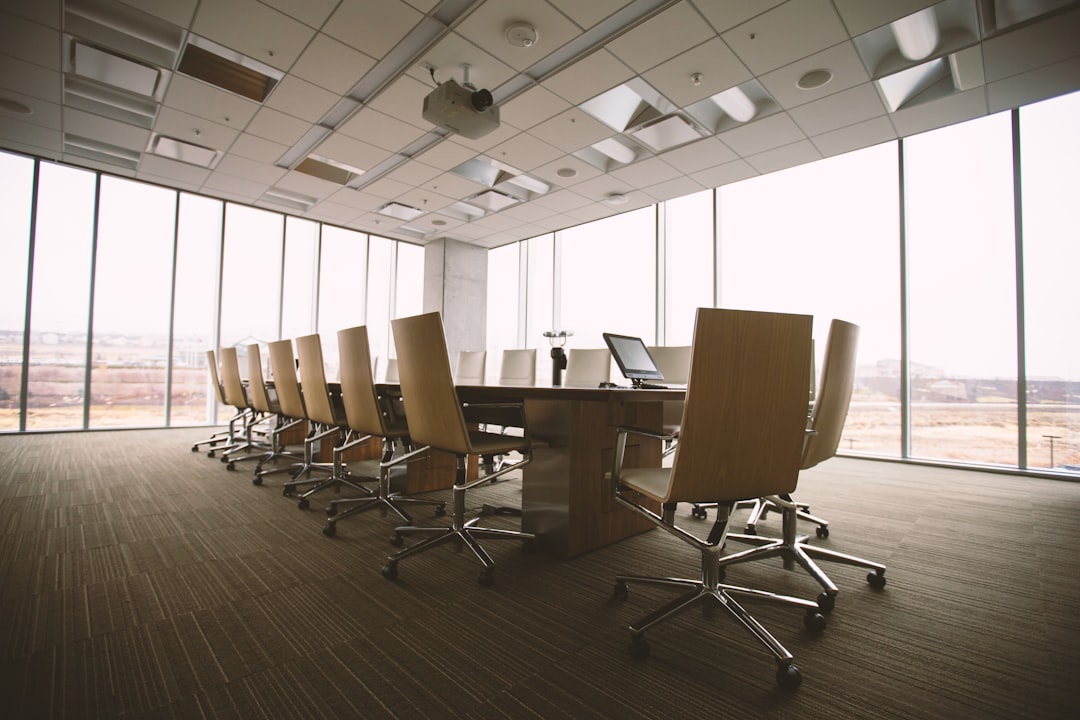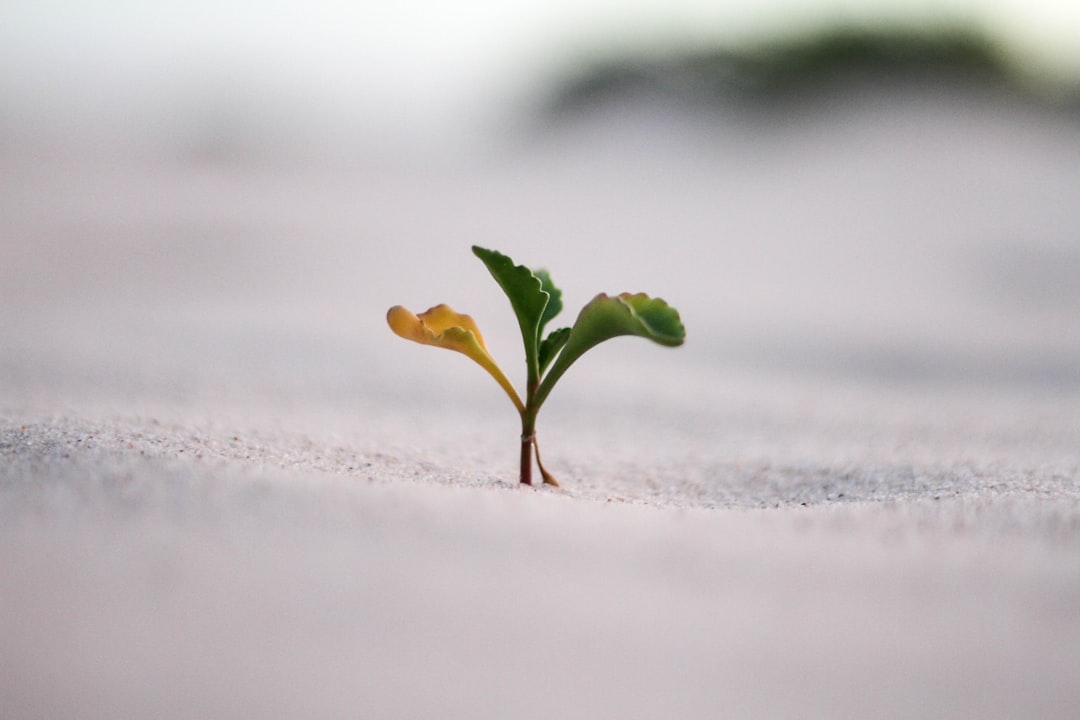
Understanding Key Economic Concepts: A Comprehensive Guide
# Introduction. Understanding the world of economics can seem daunting at first, especially if you're new to the subject. This blog post aims to break down the key economic concepts that underpin our everyday lives, making them accessible and easy to understand. Knowing these concepts will not only help you make informed decisions as a consumer but also enhance your understanding of how businesses operate, how governments make policy decisions, and what factors contribute to the overall health of our economy. Whether you're a student, a business owner, or simply a curious reader, this guide will cover essential economic concepts that have significant implications for our society. # Supply and Demand: The Cornerstone of Economics. One of the most fundamental concepts in economics is supply and demand. This principle explains how prices are determined in a market economy. The law of demand states that, all else being equal, as the price of a good or service increases, consumer demand for that good or service decreases, and vice versa. On the flip side, the law of supply states that as prices rise, the quantity supplied also rises. The intersection of these two forces determines the market equilibrium price. Understanding supply and demand helps explain why prices rise and fall and how markets operate effectively. # Gross Domestic Product (GDP): A Measure of Economic Performance. Gross Domestic Product, or GDP, is one of the most commonly used indicators to gauge the economic performance of a country. GDP represents the total monetary value of all goods and services produced within a country's borders during a specific time period. It serves as an important economic indicator that provides insights into the size, health, and growth rate of an economy. Tracking GDP allows policymakers, analysts, and investors to assess economic trends and make informed decisions. Understanding GDP can also shed light on living standards and economic well-being across different countries. # Inflation: The Rise and Fall of Prices. Inflation refers to the rate at which the general level of prices for goods and services rises, eroding purchasing power. When inflation rises, each unit of currency buys fewer goods and services, which can impact consumers' daily lives. Central banks monitor inflation closely, as they aim for a stable rate of inflation to encourage economic growth while preventing the economy from overheating. Understanding inflation and its causes, such as demand-pull or cost-push inflation, can help consumers make better financial decisions, like when to make large purchases or invest in assets. # Interest Rates: The Cost of Borrowing. Interest rates are a key economic factor that influence consumer behavior and business activities. An interest rate is the cost of borrowing money, typically expressed as a percentage of the loan amount over a set period. When interest rates rise, borrowing becomes more expensive, which can deter individuals from taking out loans and also impact business investment. Conversely, lower interest rates can encourage borrowing and spending, facilitating economic growth. Understanding how interest rates are set by central banks, such as the Federal Reserve in the U.S., and their effect on the economy is crucial for anyone looking to navigate financial markets or invest wisely. # Fiscal Policy: Government's Role in the Economy. Fiscal policy refers to the use of government spending and taxation to influence the economy. Governments can stimulate economic growth through increased public spending or tax cuts, which can lead to higher demand. Alternatively, during periods of inflation, a government may reduce spending or increase taxes to cool down the economy. Understanding fiscal policy helps individuals make sense of government decisions that affect the economy, such as stimulus packages, tax reforms, and budget allocations. # Conclusion. In conclusion, grasping these key economic concepts is essential for navigating our financial landscape. From understanding how supply and demand shape market dynamics to recognizing the impact of inflation and interest rates on personal finance, each concept plays a significant role in our everyday decisions and broader economic activity. With this knowledge, you can not only enhance your financial literacy but also engage meaningfully in discussions about economic policies that affect us all. Stay informed, and embrace your understanding of economics—the foundation of our complex world. .








